The Mississippi Sandhill Crane NWR is 19,300+ acres on three plots of land in southwestern Mississippi. It provides protection and management of one of the rarest bird populations, a sandhill crane subspecies that does not migrate.
Our first stop was, as always, the Visitor Center. Very informative exhibits about the Mississippi Sandhill Crane and their habitat can be found here. The three species of Sandhills vary in size but look very similar. The Lesser Sandhills are 3 to 3.5' tall; the Mississippi Sandhills are 4-4.5'; and the Great Sandhills are 4.5-5' tall. Also, the Mississippi Sandhills a darker shade of grey and have brighter red head feathers.
Their habitat is wet pine savanna (meadows on acidic, water-logged soil) that were once prevalent in the South. Commercial development by timber companies, road construction, urban growth, and invasive plant species dramatically reduced the savannas. By the 1960s, only 30-35 Mississippi Sandhills remained with only 5 breeding pairs (they mate for life). It was one of the first species classified as "endangered" in 1973.
Habitat and crane management began when the Refuge was established in 1975. Both are long term programs that are proving to be successful. Because Mississippi Sandhills do not produce many chicks (1-2 eggs every 1-2 years), increasing the population is a very slow process. Also, juveniles are at risk due to predators. Today there are 125-130 cranes with about 25 breeding pairs.
The cranes nest from March to May on the ground or in shallow water (elevated) and have an incubation period of 30-31 days. Both parents help with the young, although the males predominantly protect the territory around the nest.
The wingspan of the Sandhills is about 6', but they only weigh about 10 pounds (bones are hollow). A fossil of a bird dated to 10 millions years ago is almost identical to the Sandhill Crane, making it the oldest surviving bird on earth. Wow!
Other birds live on the refuge, both migrating ones and others that remain year round. Below is a Great Blue Heron and a Loggerhead Shrike. We see many herons, but the loggerhead shrike has been nicknamed the "butcherbird." These small birds carry their prey (smaller birds, insects, and other small animals) to a briar bush and impale it on thorns for a tasty meal when hungry. Yikes!
After speaking with a volunteer at the Refuge, we decided to hike two of the four trails. This time of year it is very rare to see an Sandhill cranes except in the early morning hours. Nature tours are offered from the Visitor Center (free of charge) most mornings at 8 am, but reservations are required as space is limited.
Near the Visitor Center is C. L. Dees Trail. The land in this part of the refuge was previously owned by Dees.
The trail winds through wet pine savanna, piney woods, and near Bayou Castille.
Saw palmettos and some oak trees could also be seen along the trail.
Thirty-five to fifty different plant species can be found within just one square meter of land in the savanna.
Ten species of carnivorous plants also live in the wet pine savanna including sundews, butterworts, pitcher plants and more. We saw two types of pitcher plants: parrot pitcher plant and yellow trumpet pitcher plant. Attracted by sweet nectar, Insects crawl into the vase-shaped leaf where they become trapped. Eventually they fall to the bottom of the leaf to die in a mixture of water and digestive enzymes.
Bayou Castille was a busy waterway with boats transporting timber, turpentine i barrels, charcoal and other necessities in the 1800s. Pond cypress (much smaller than bald cypress) thrive here because they are both flood tolerant and rot resistant.
Next we drove to another part of the refuge (to the south near Hanshaw) to check out the Fontainebleau Walking Trail. We had picked up a map at the Visitor Center but some are available at the trailhead as well.
Through the mixed forest here much of the trail is covered with pine needles this time of year. Boardwalks provide easy access through the marshy areas and overlooks provide views of the areas where Sandhills nest.
We crossed streams, passed through both forest and savanna habitats, as well as the bayou.
Always curious, our sweet doggie, Sadie, walked right into this muddy area next to the trail. At first we thought she was laying down to cool off, but quickly realized she was stuck! Unable to escape the mud on her own, John had to pull her out by her front legs. It was like quicksand!
We hiked a total of about 4 miles and thoroughly enjoyed learning about the elusive and rare Mississippi Sandhill Cranes. For additional information about this National Wildlife Refuge, go to www.fws.gov/mississippisandhillcrane.
When we were in Tombstone, AZ, we had the good fortune to see thousands of migrating Sandhills cranes in a wildlife area south of town (windsofdestiny-rvlife.blogspot.com/search?q=Sandhill+cranes).
I am so grateful for the foresight of those before us to preserve these habitats so these bird species can survive and thrive. I am hopeful that future generations will do the same.

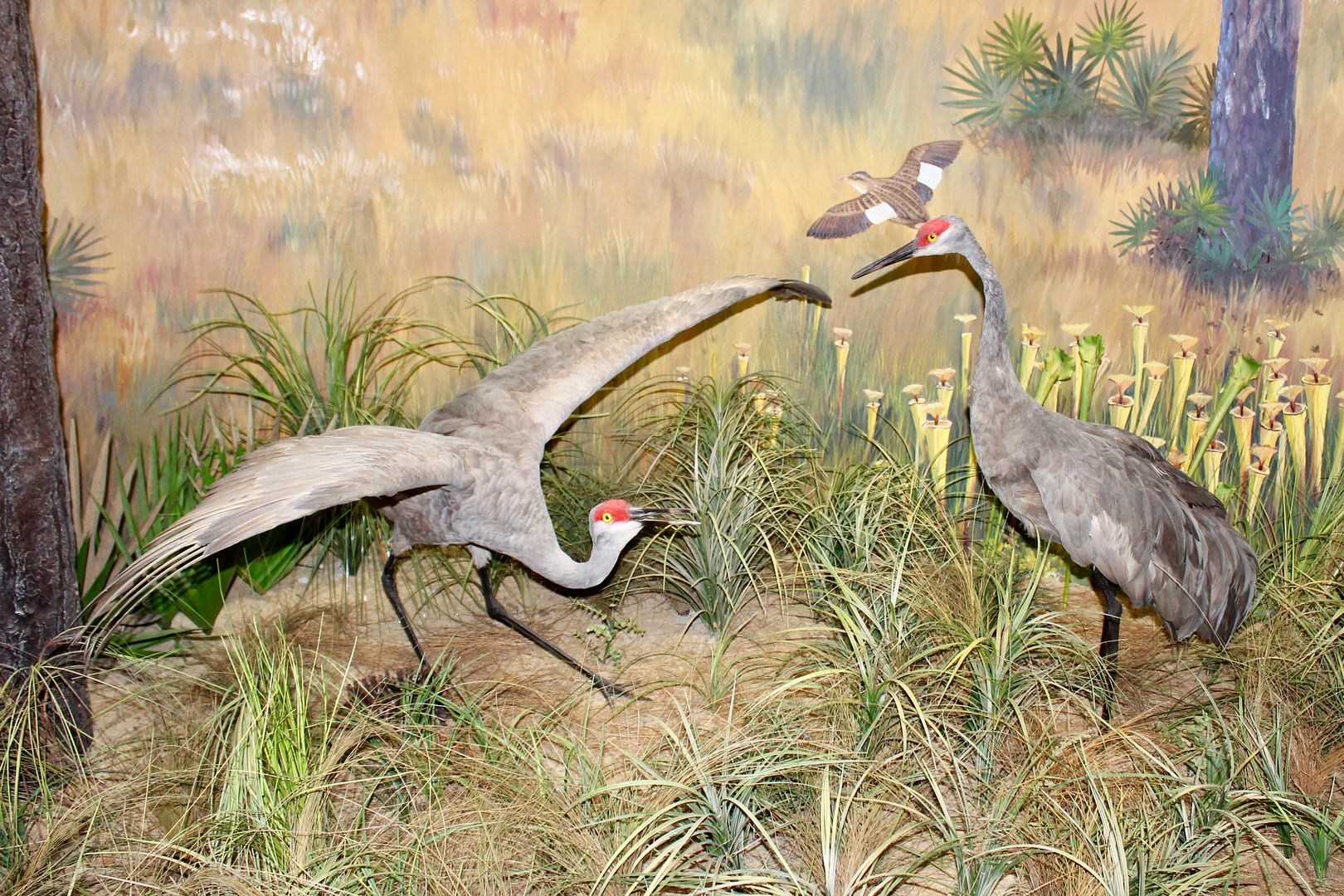
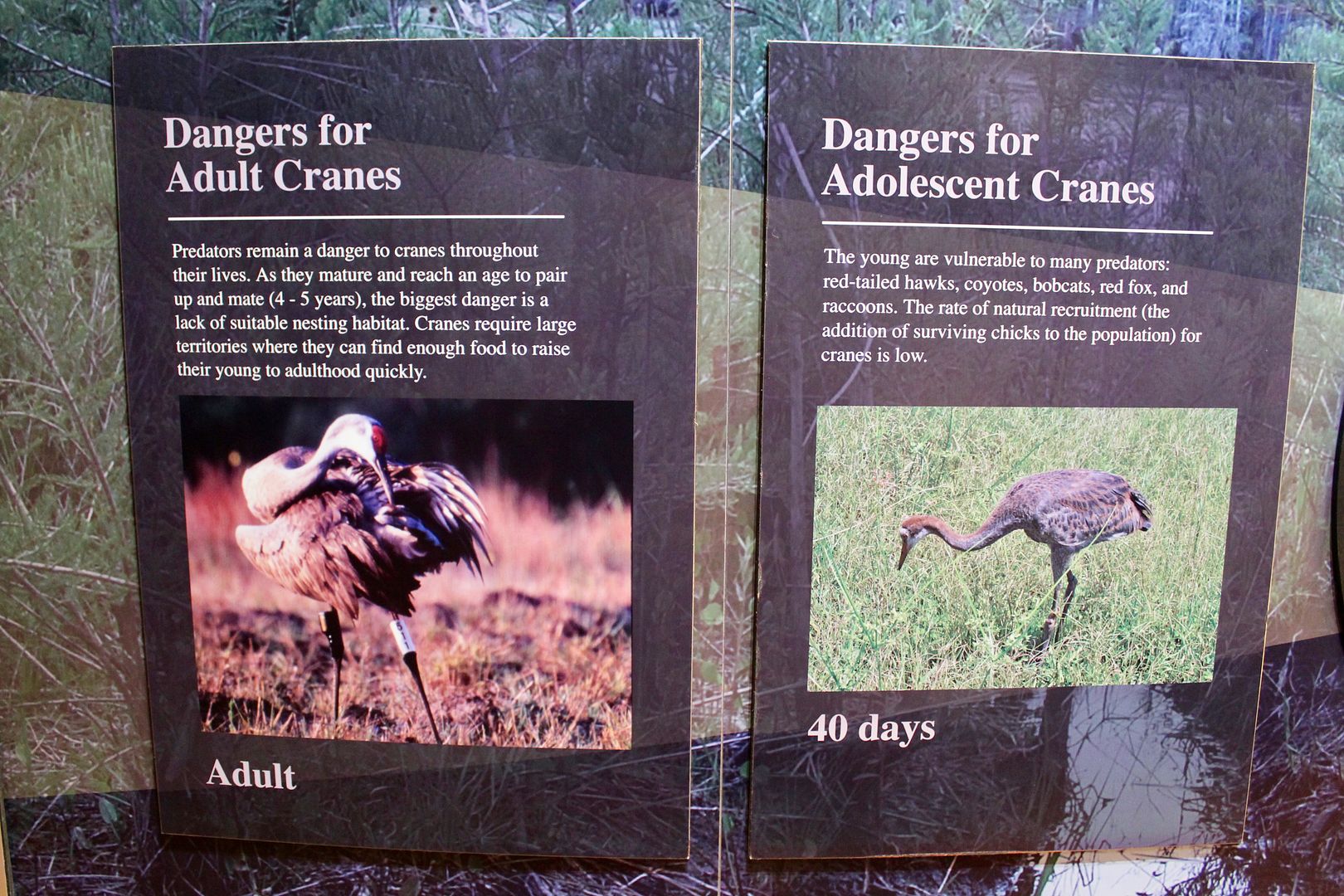
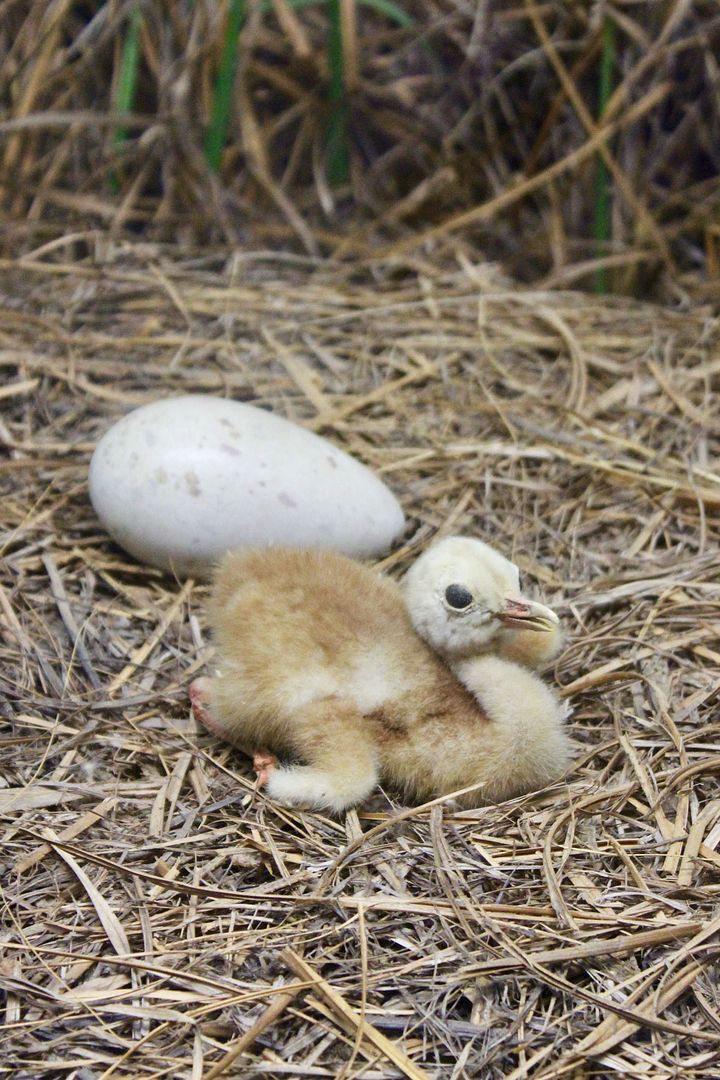
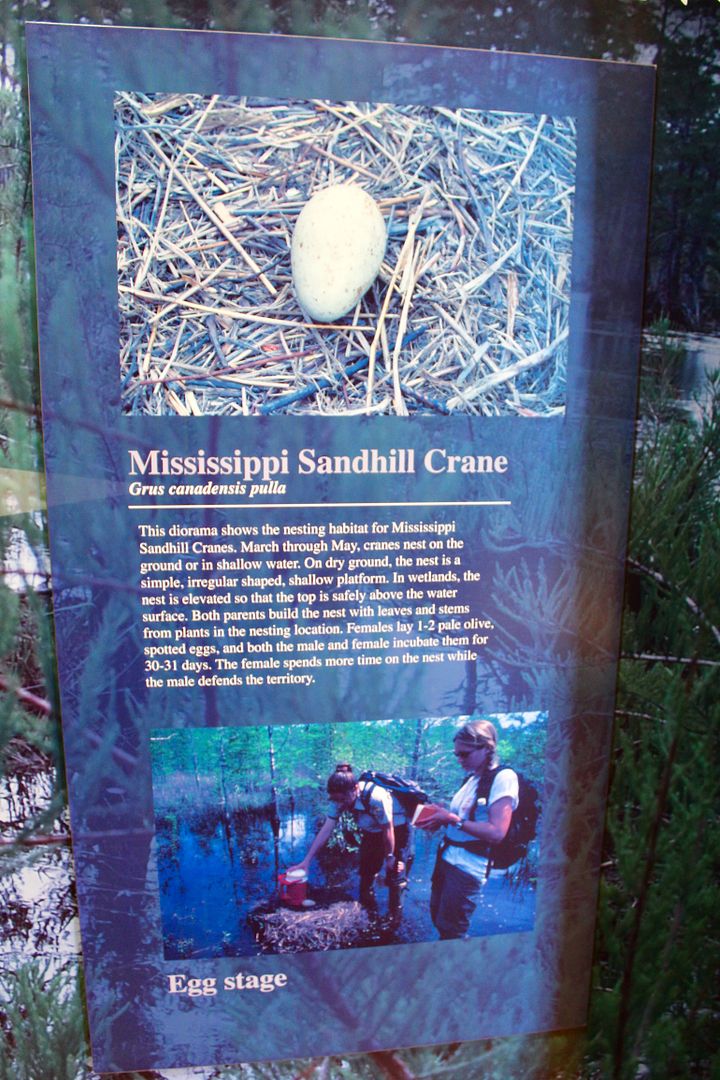
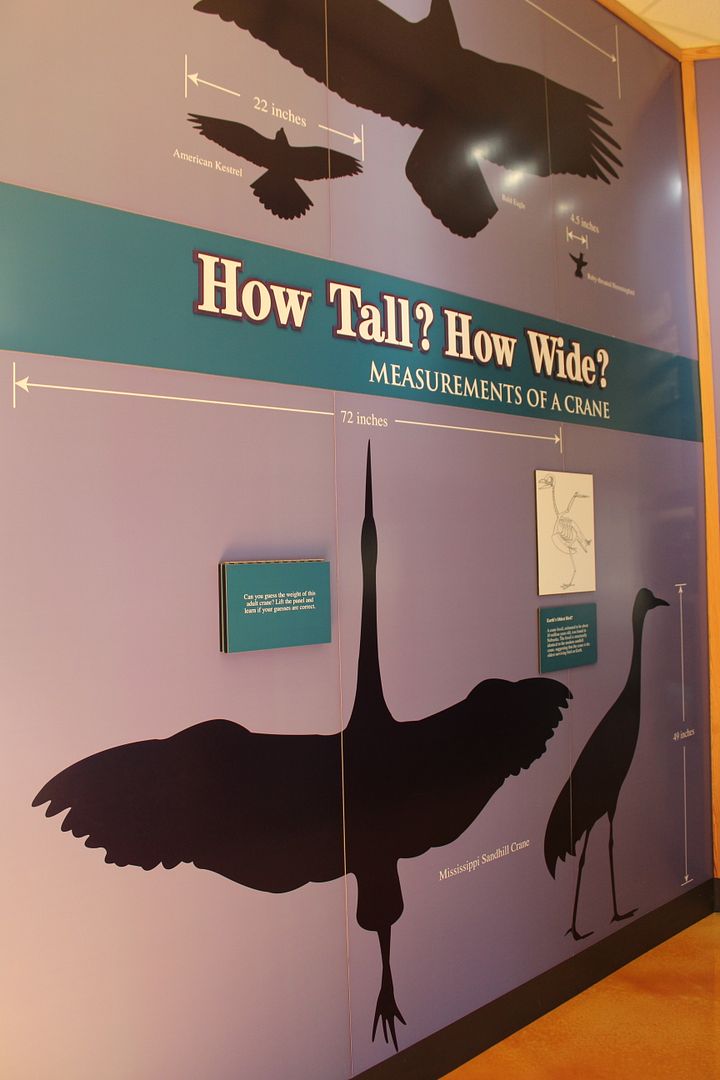
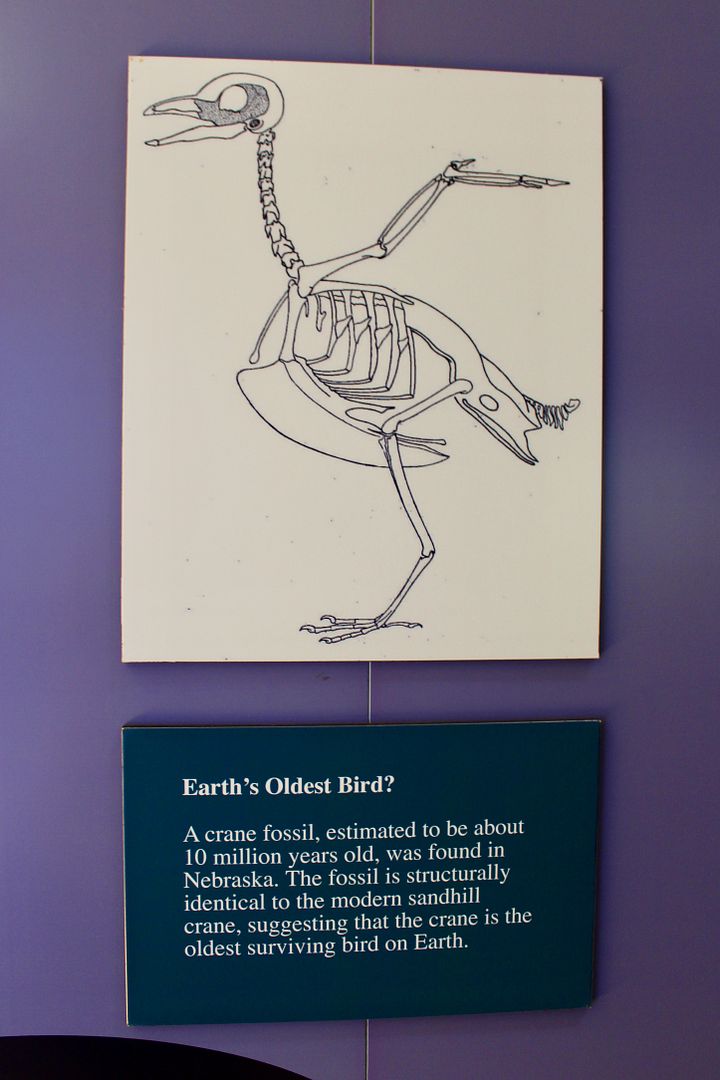
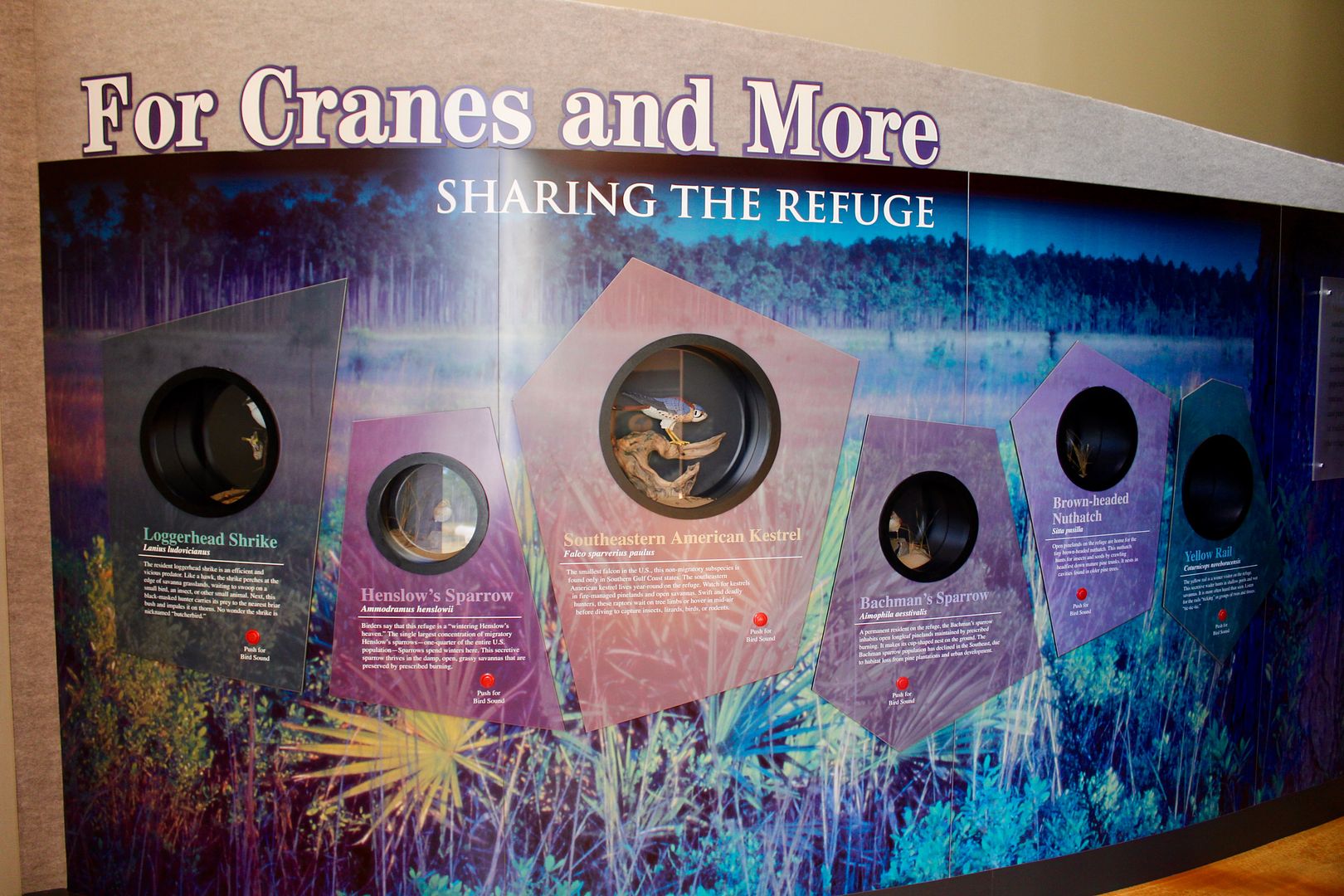

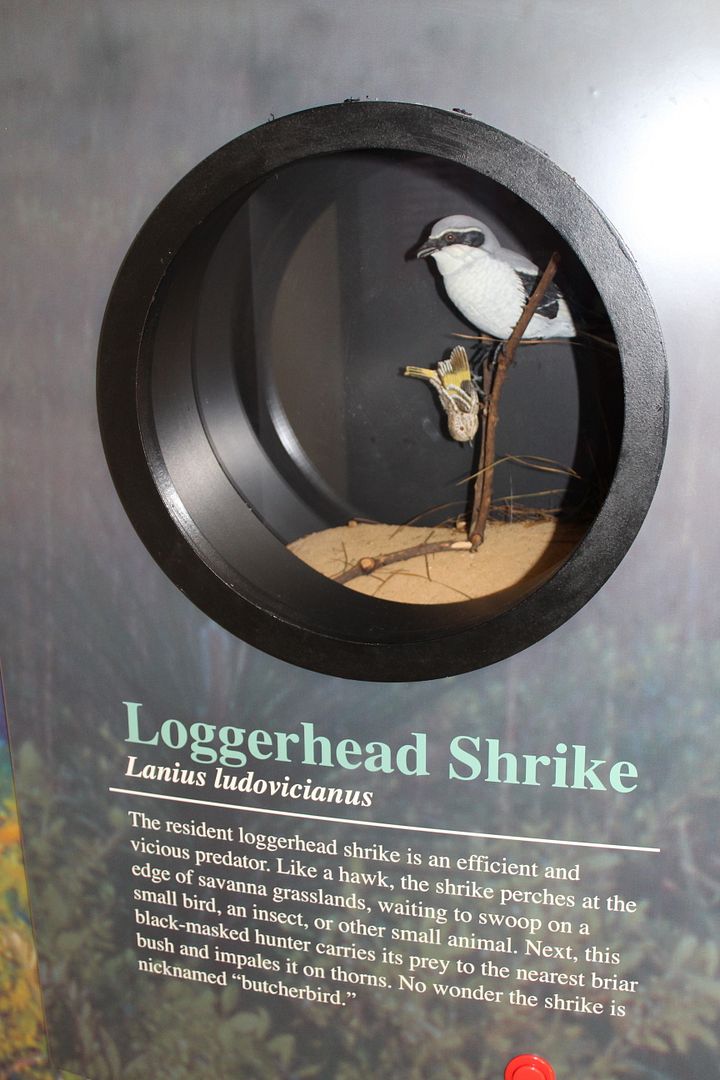
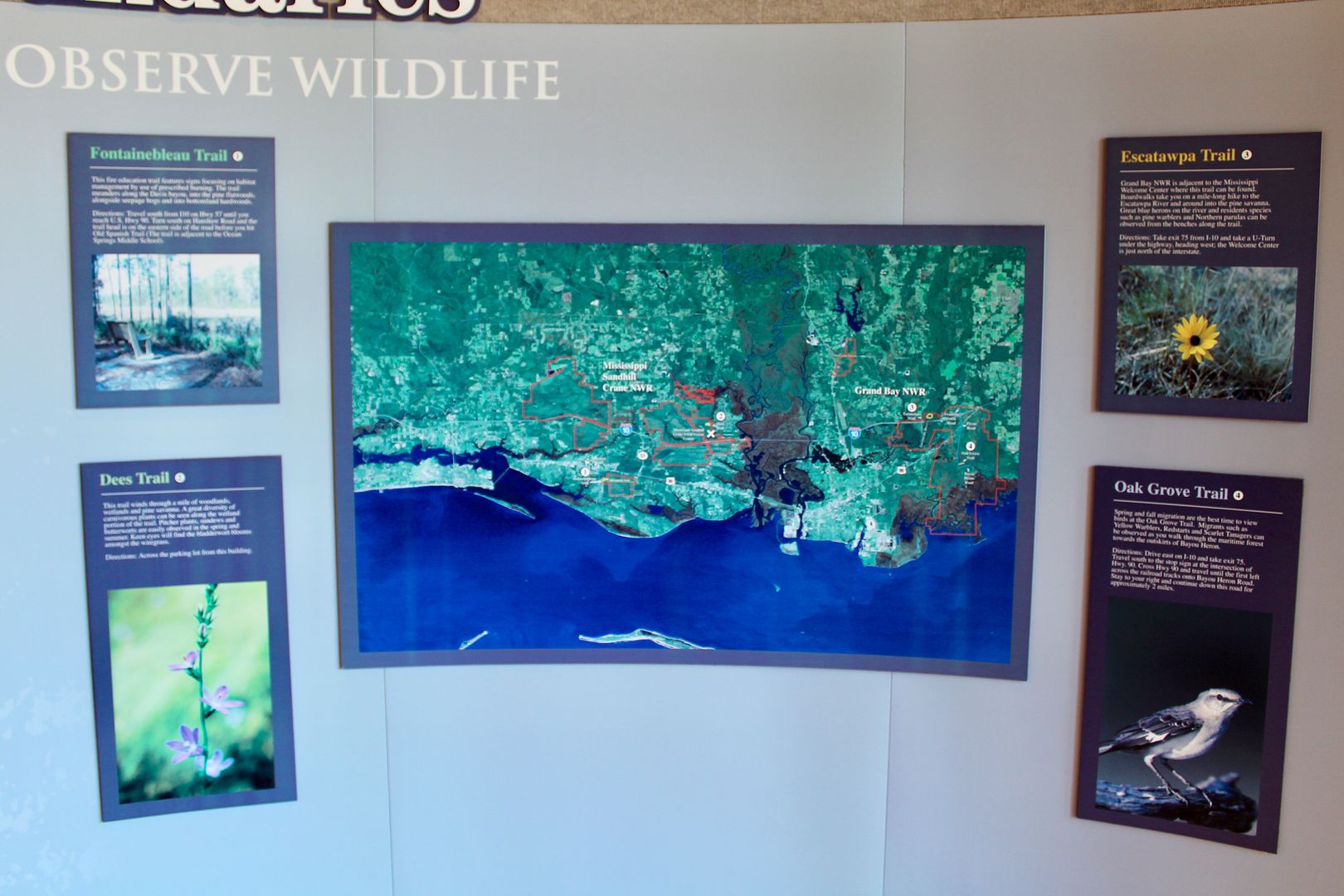
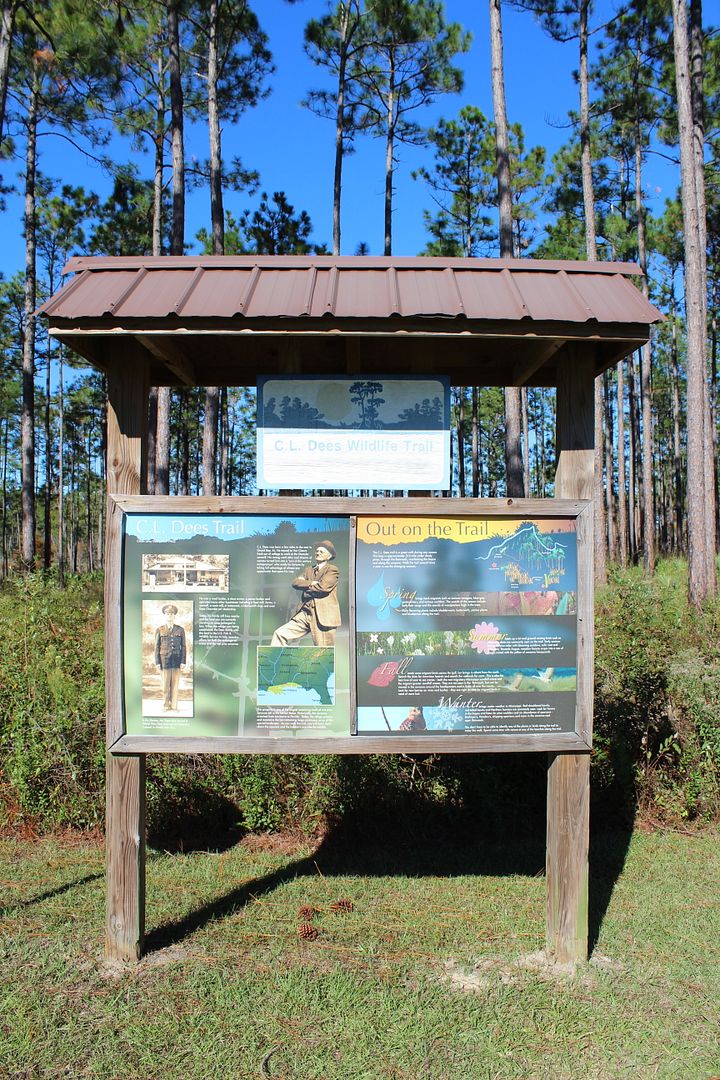
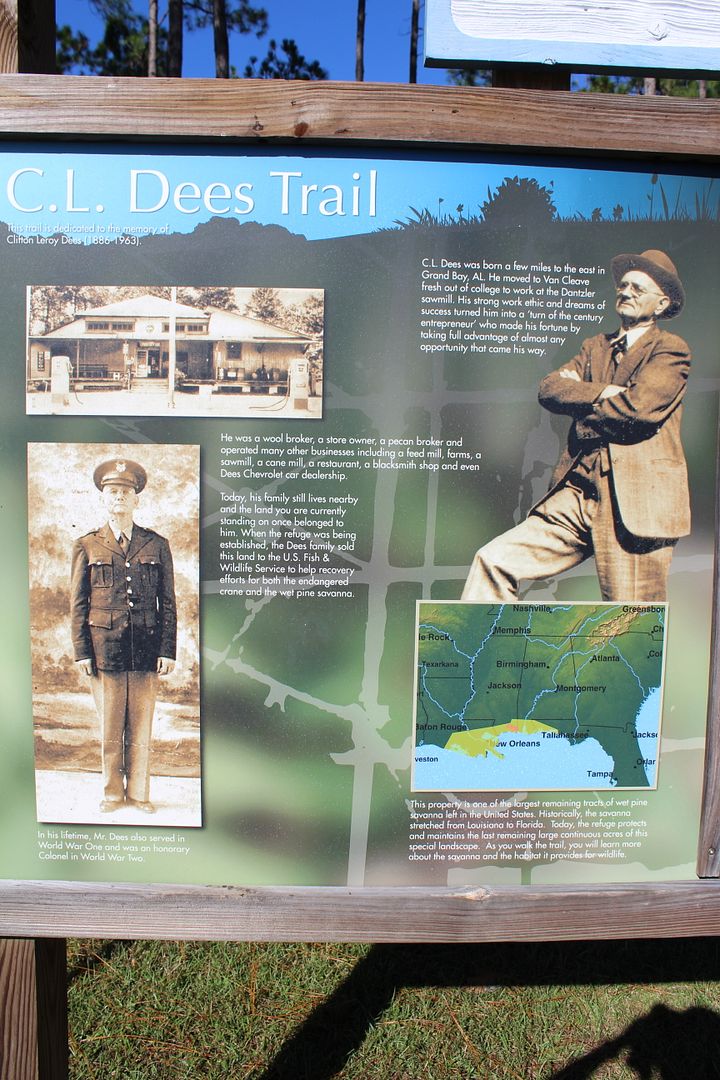
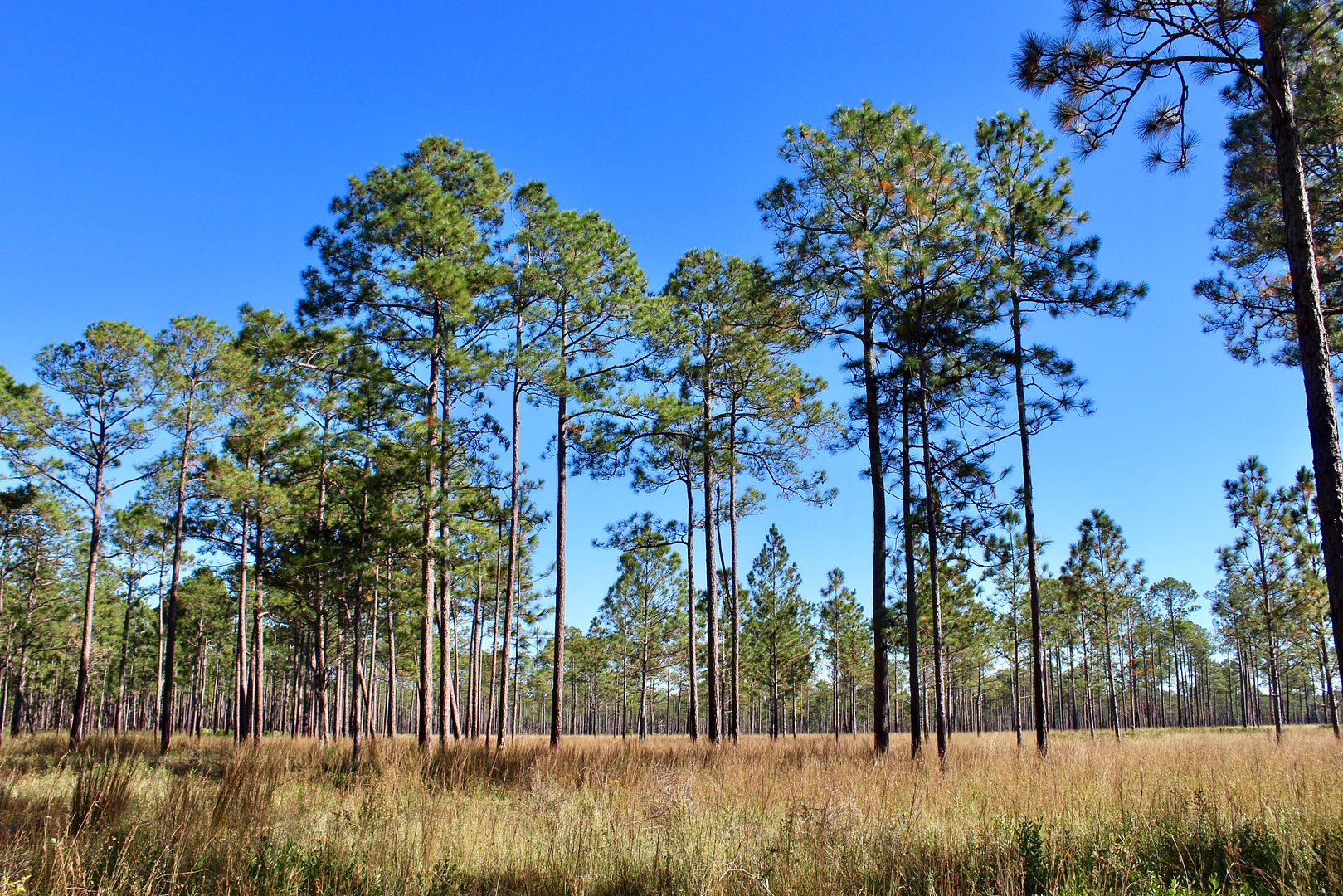


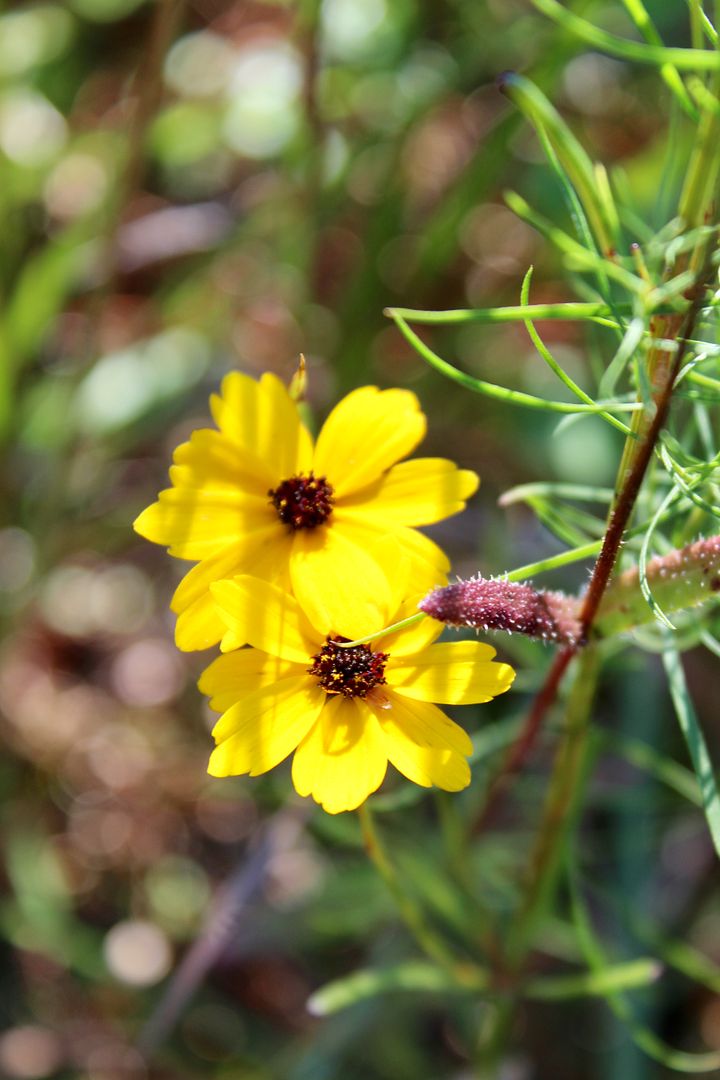
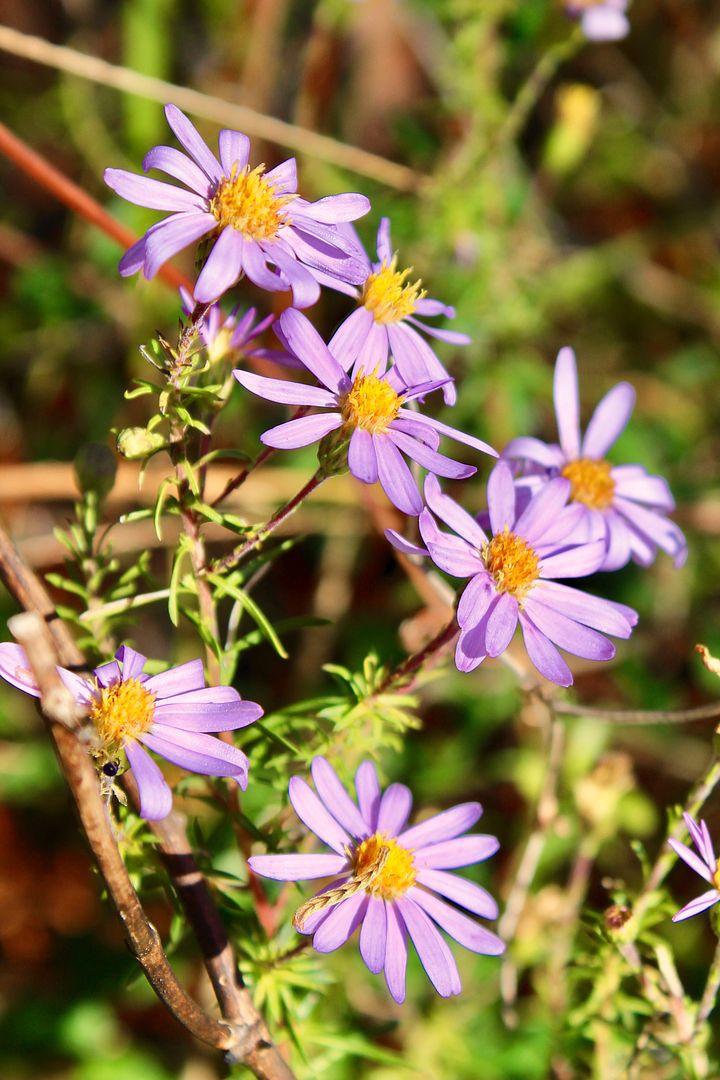

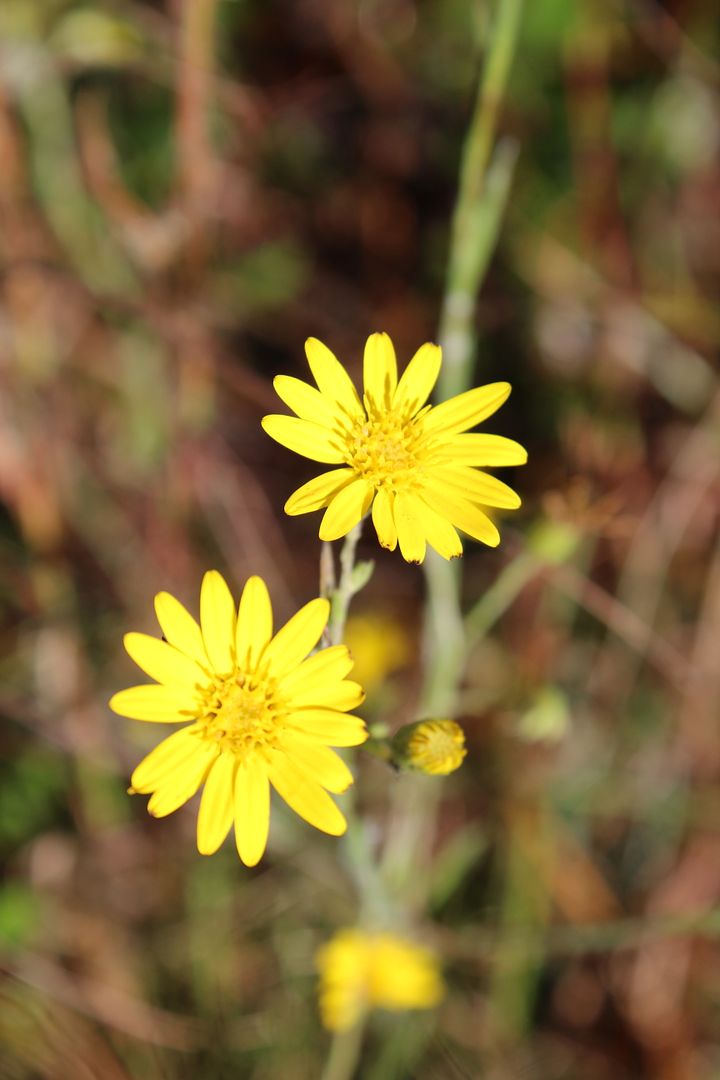
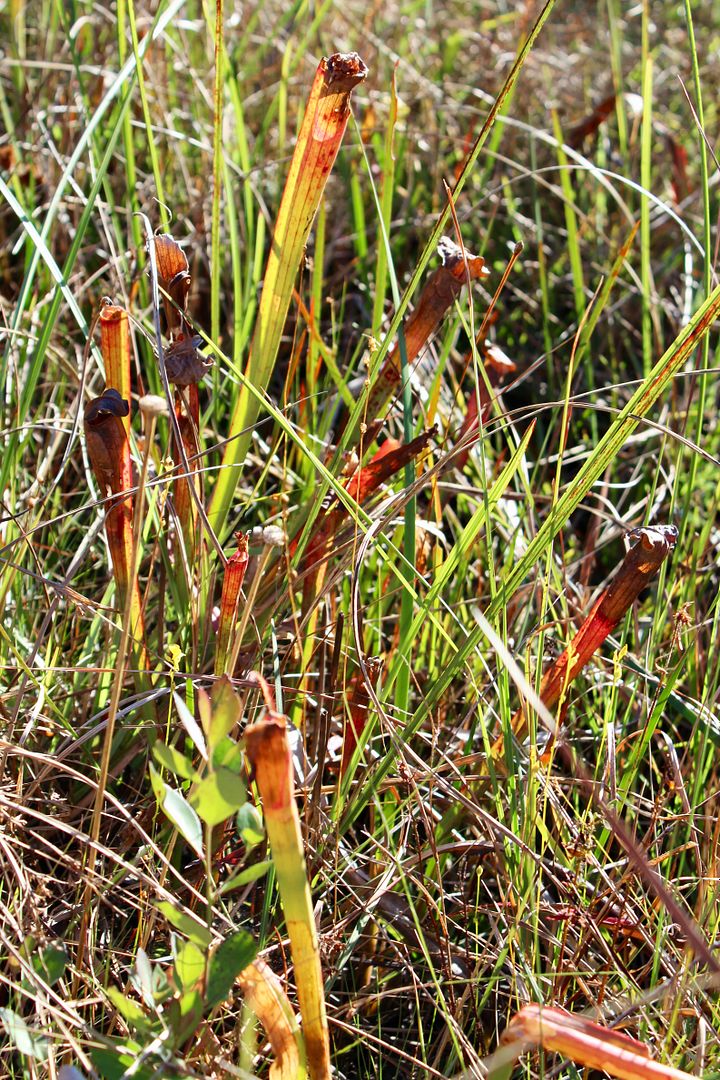


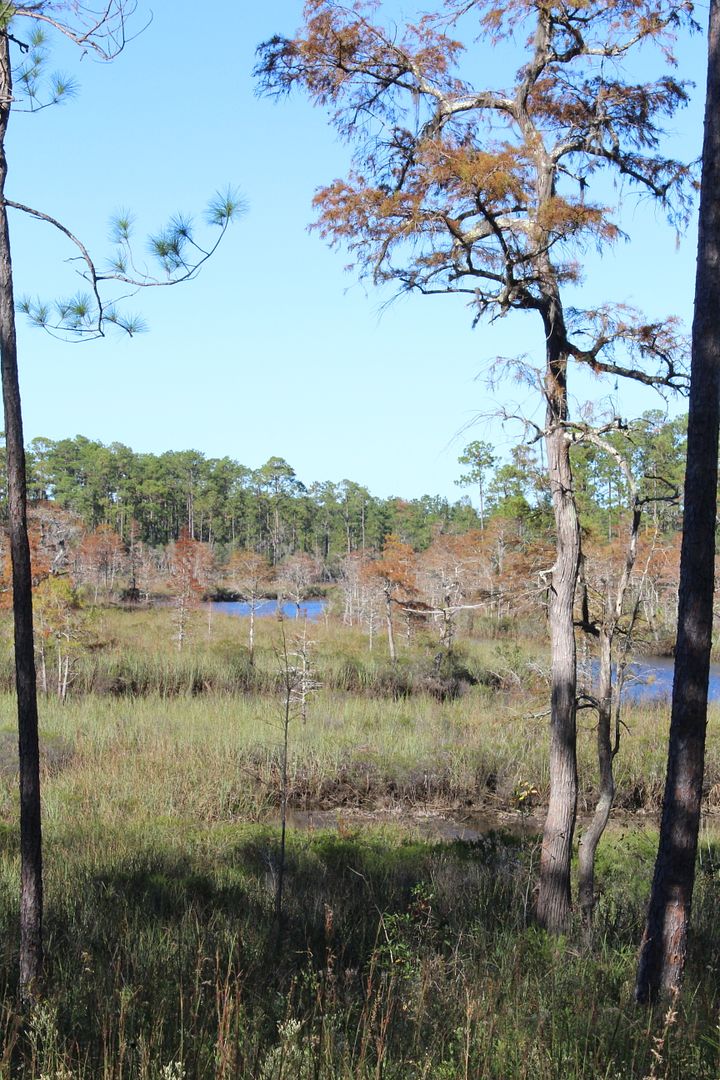
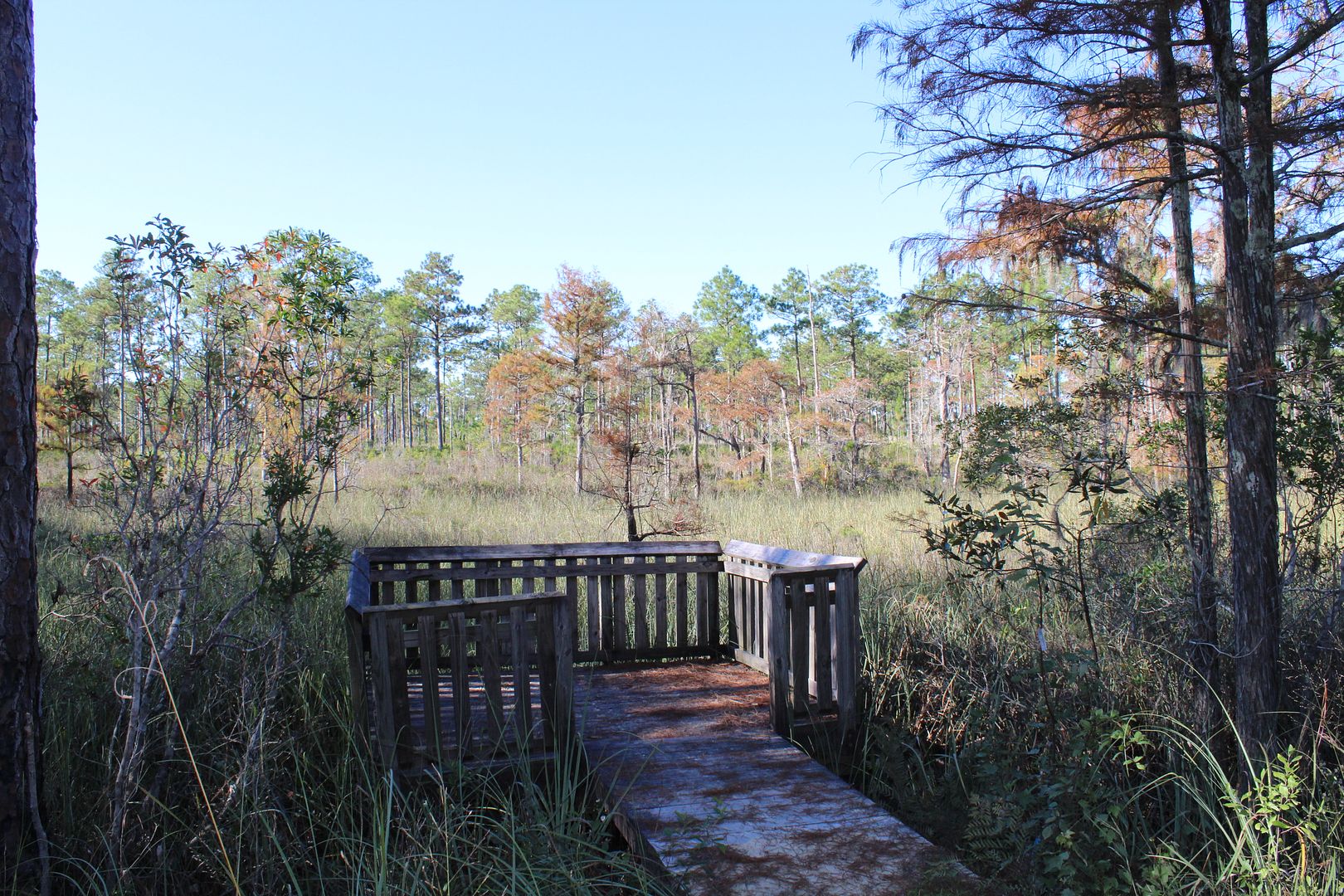
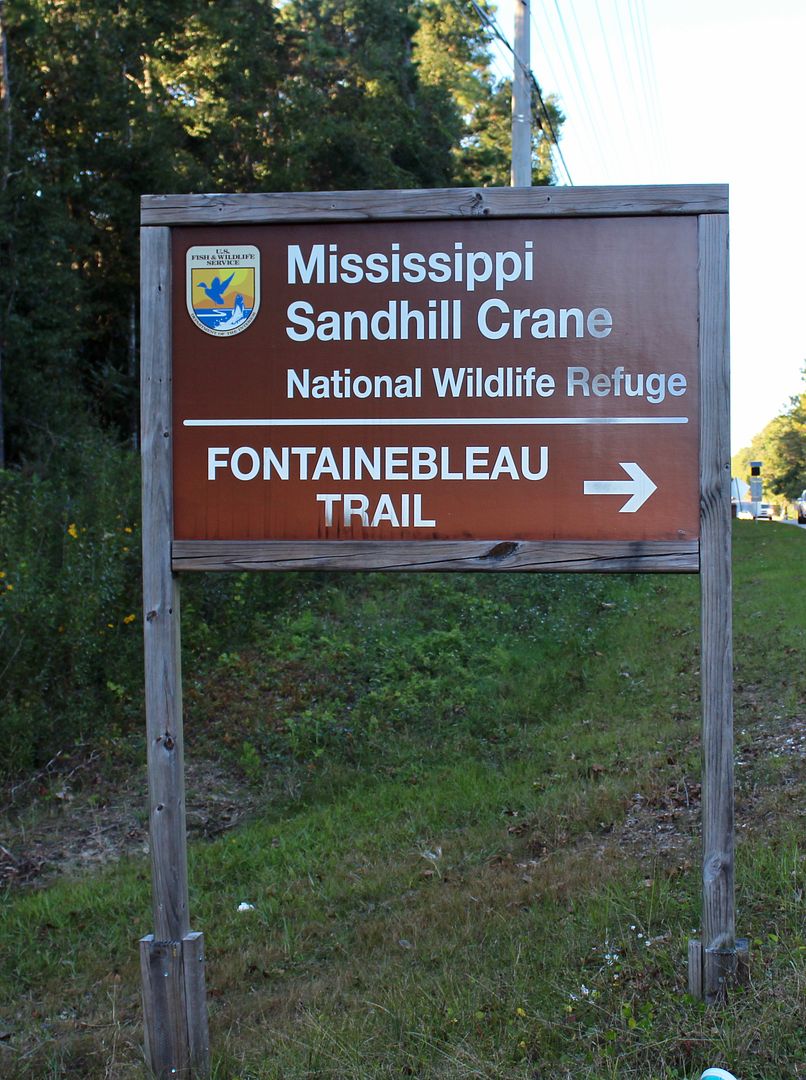
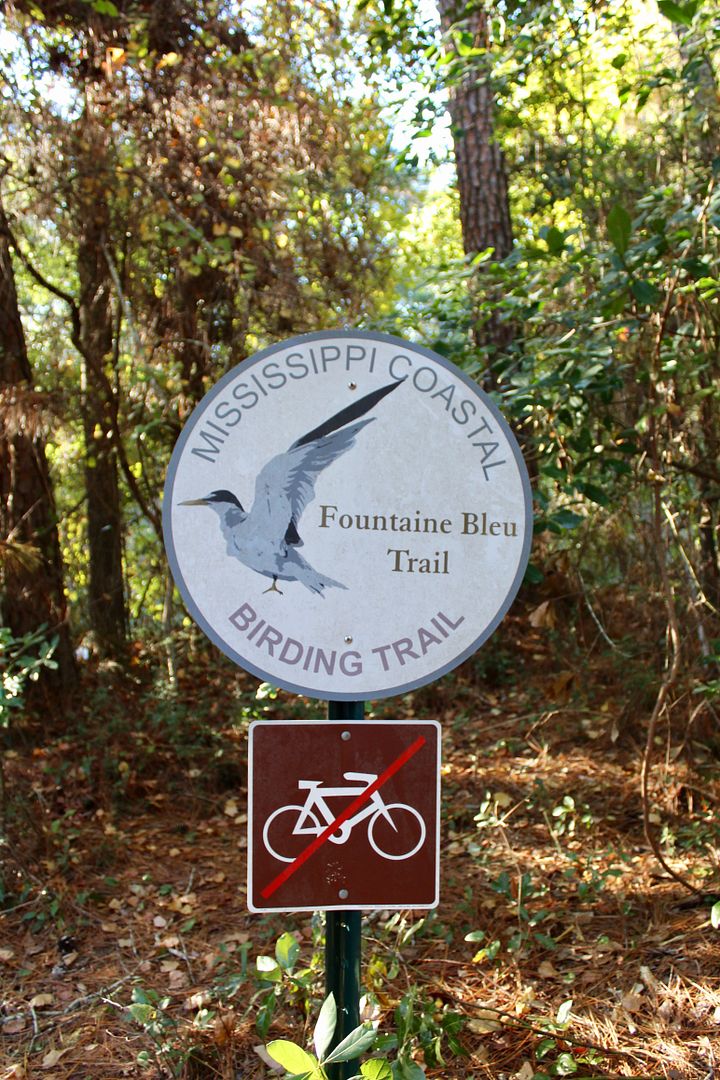
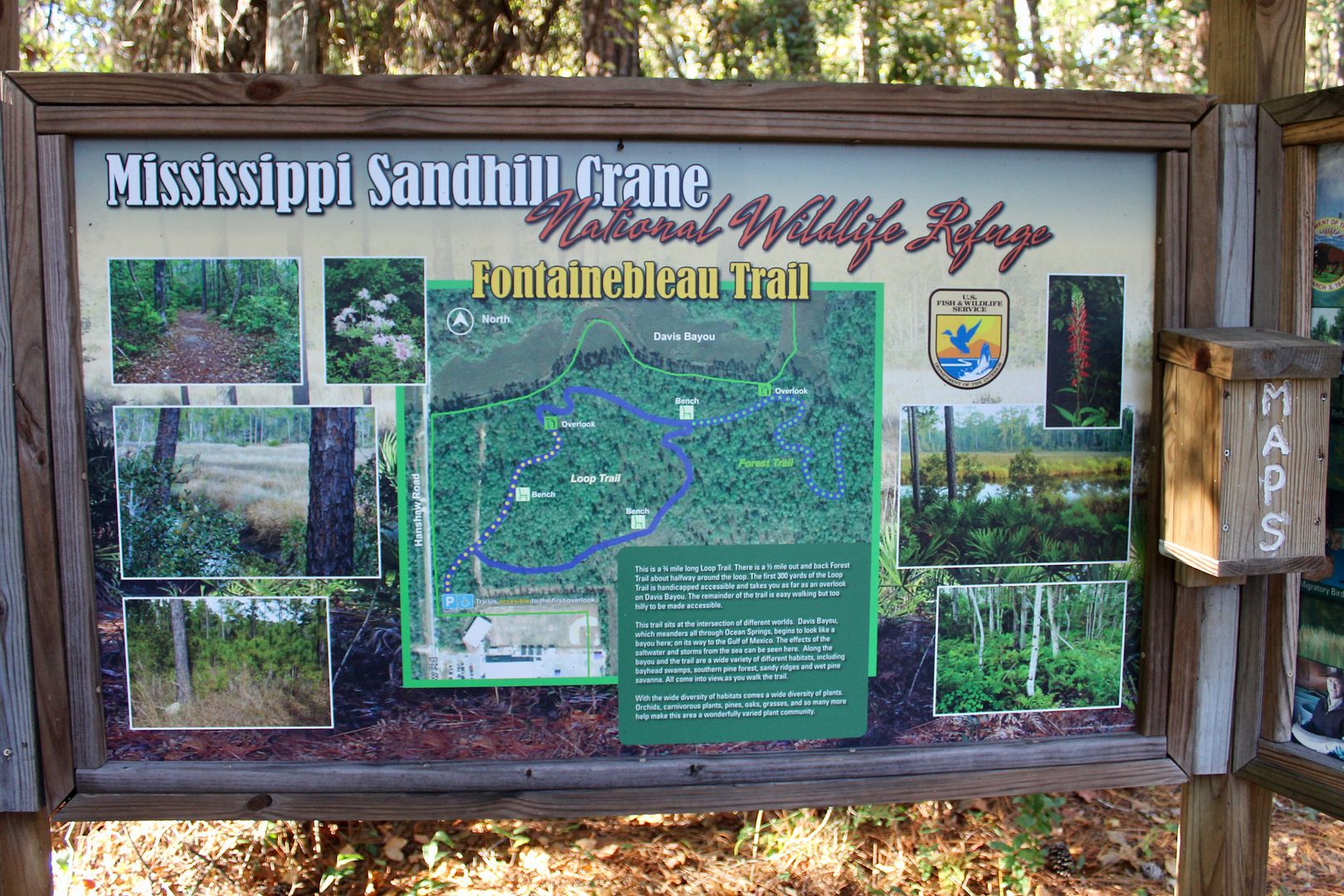

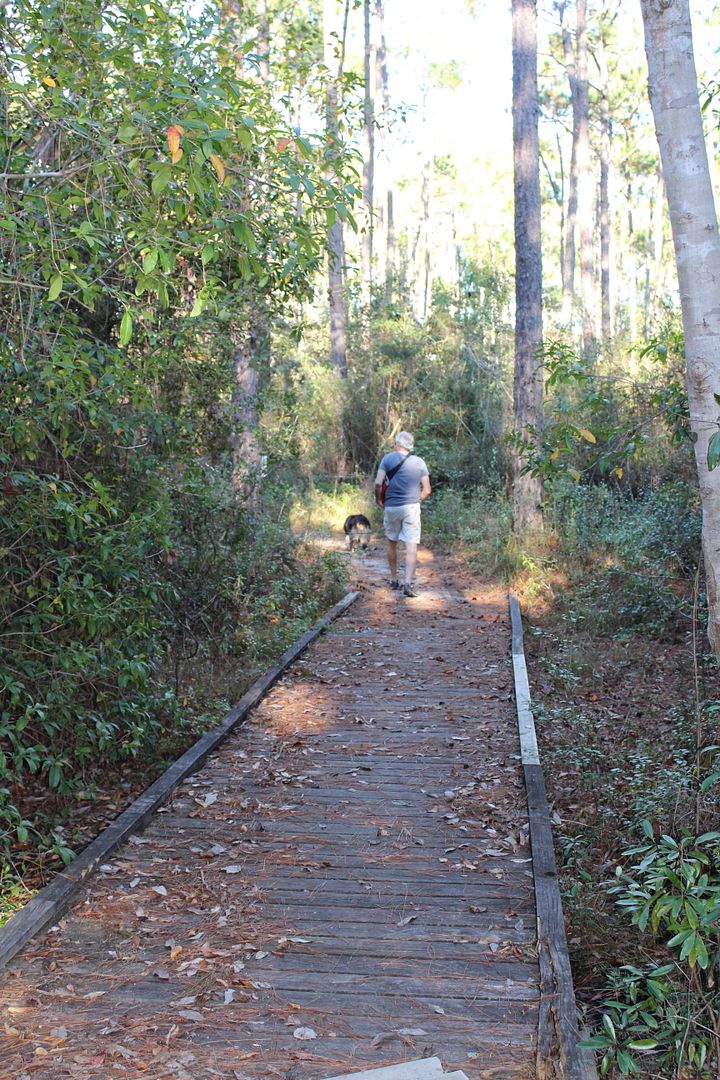
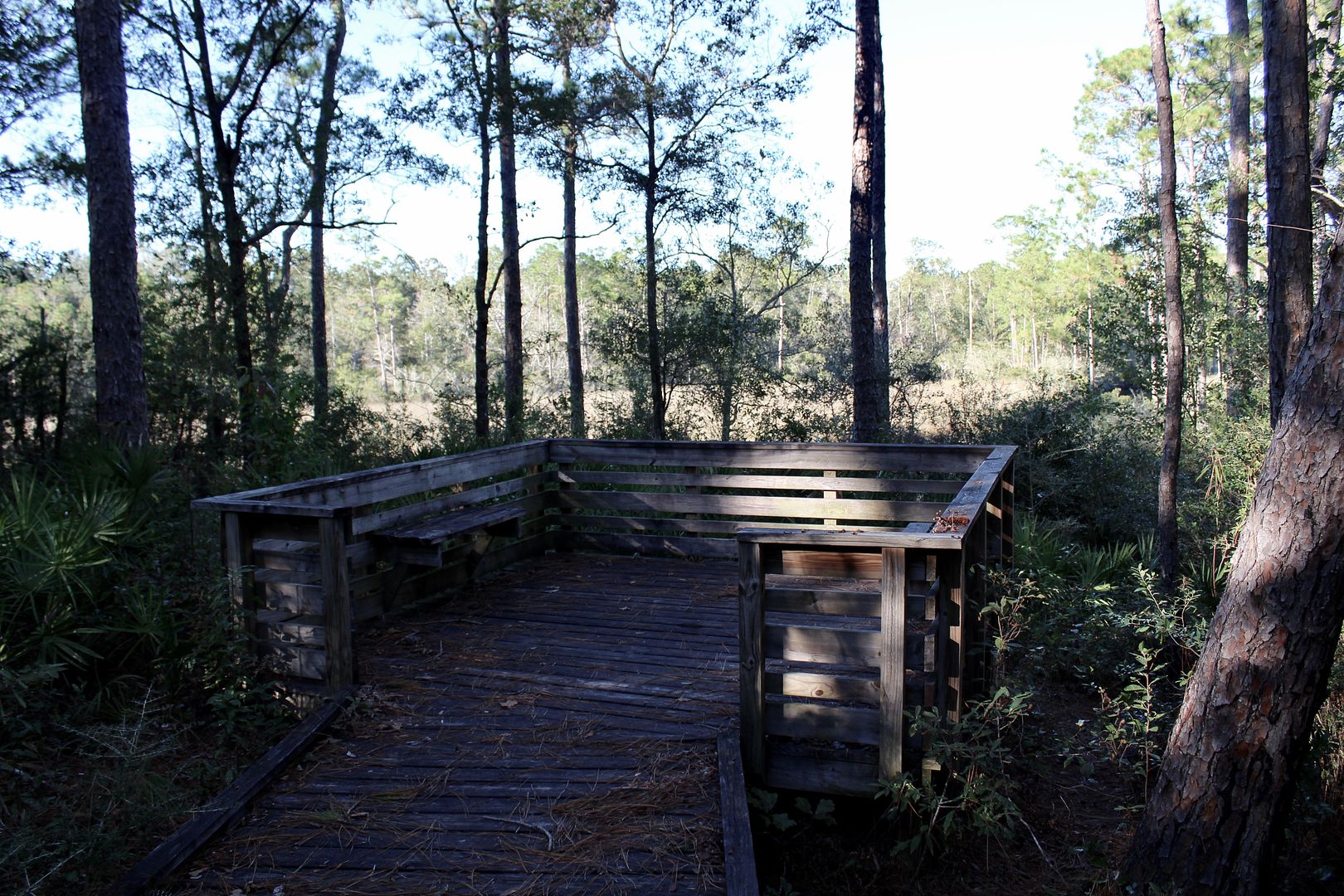
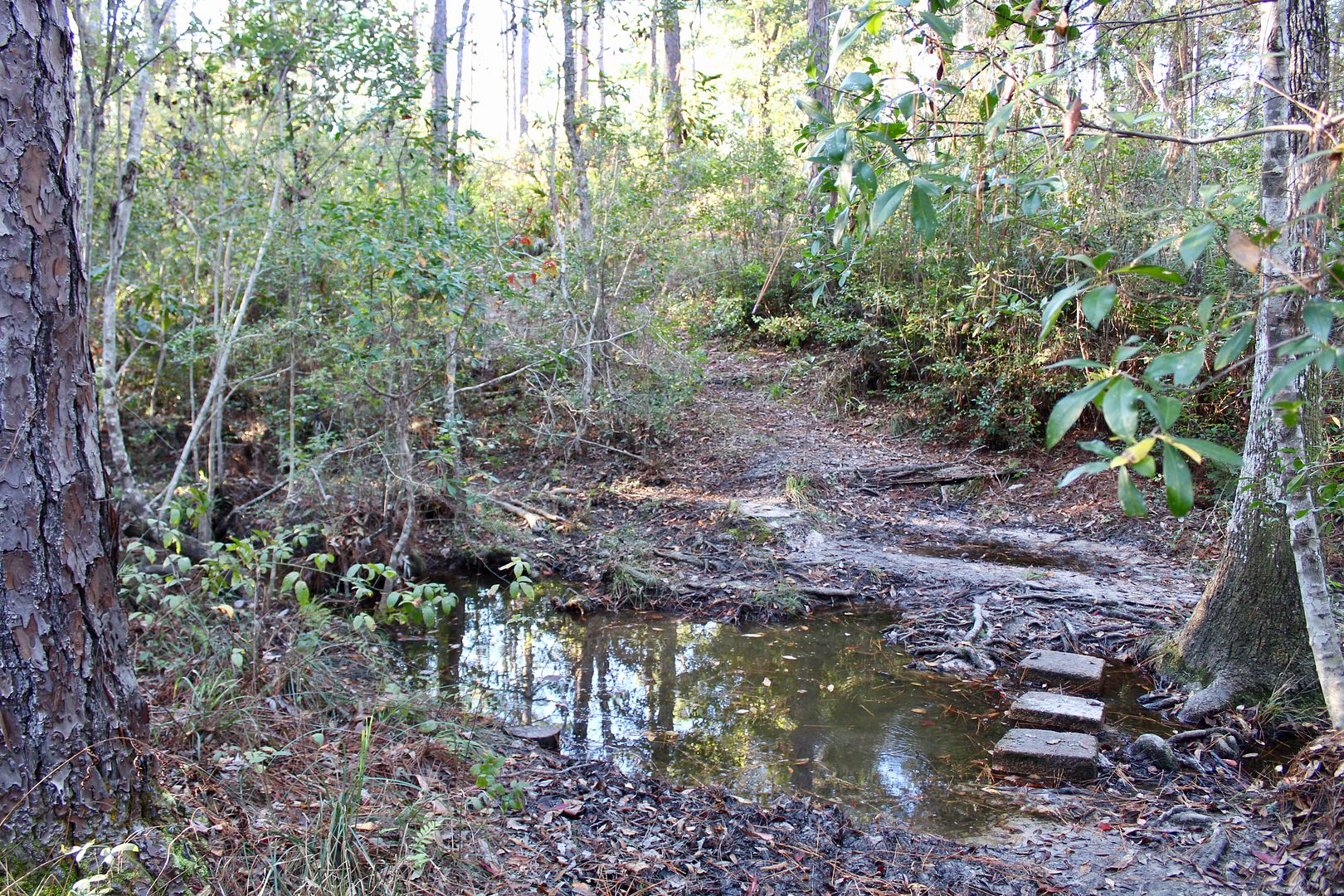
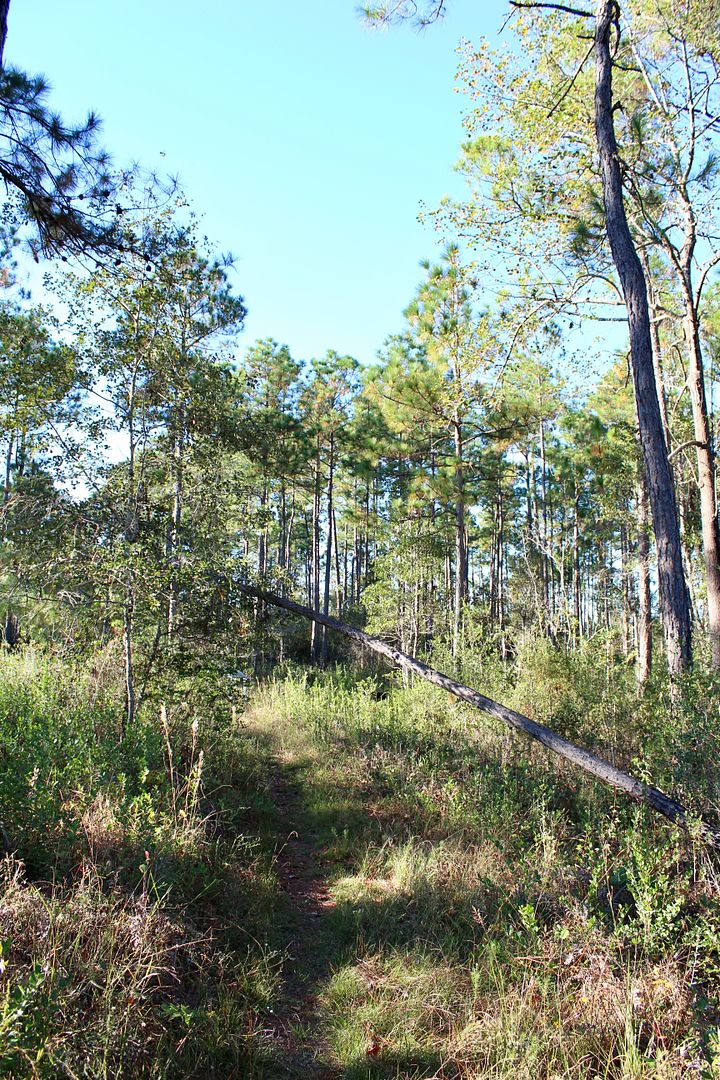
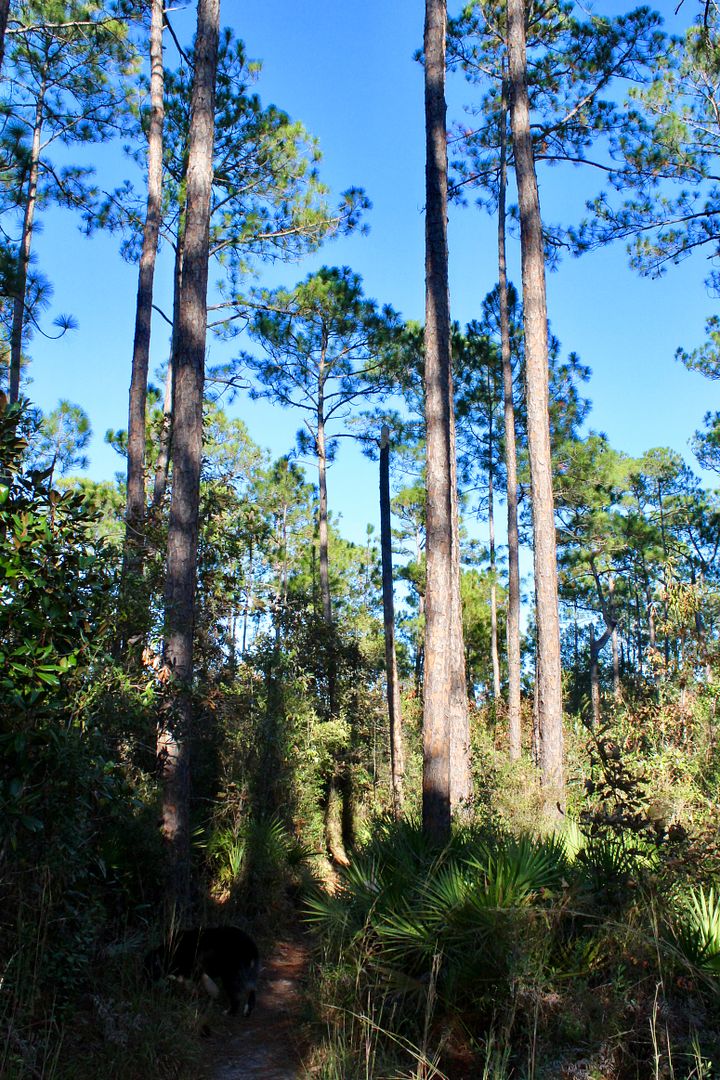
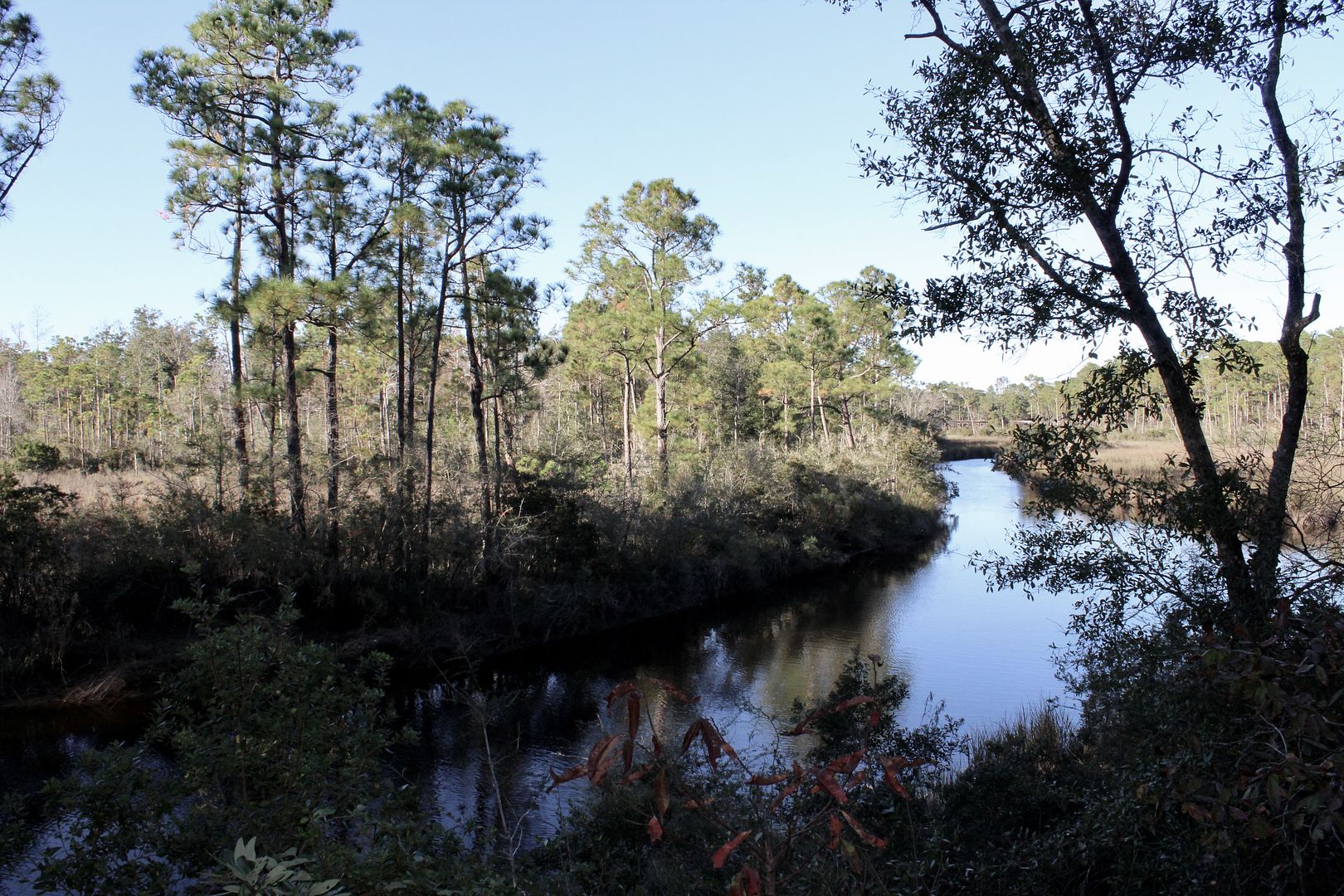

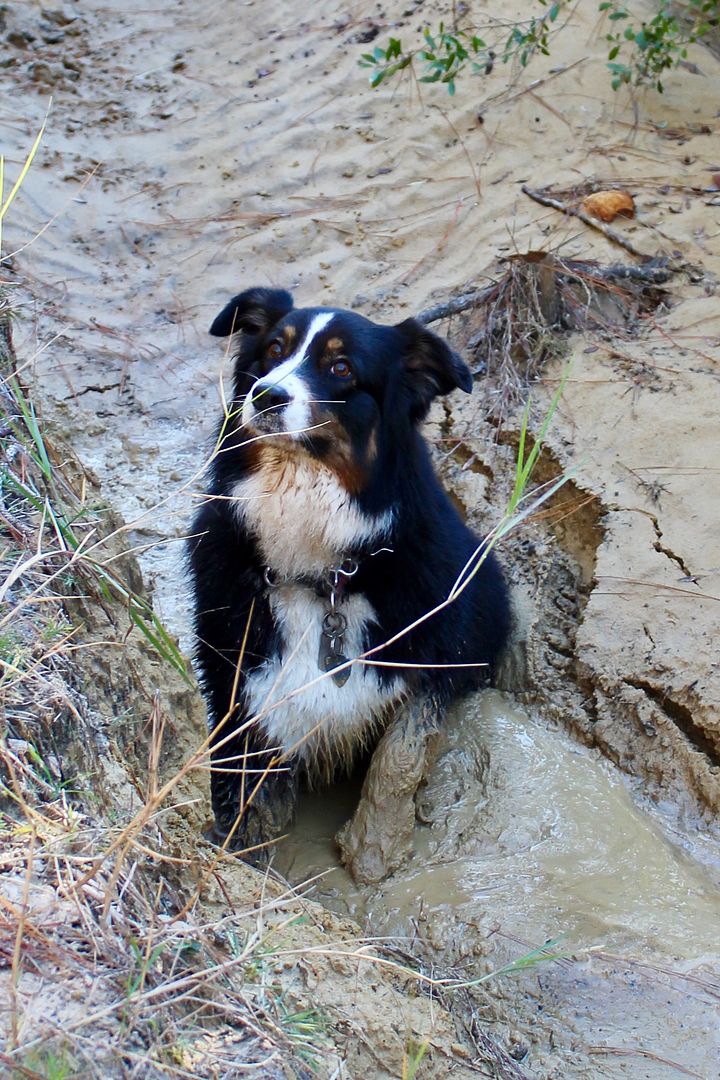
No comments:
Post a Comment